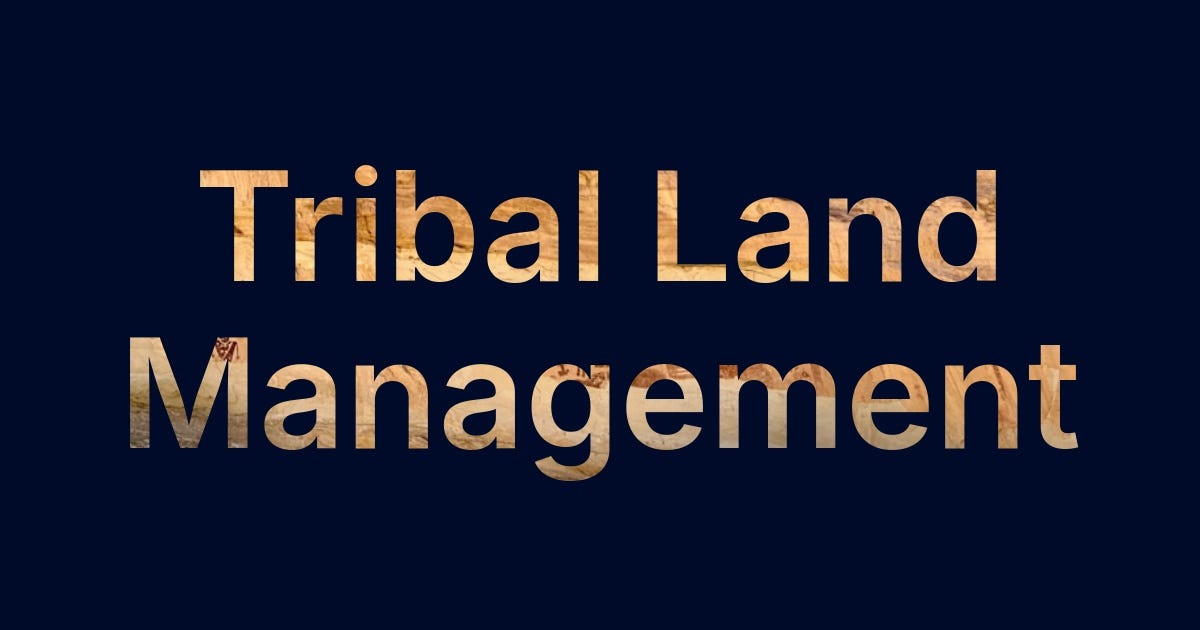Climate-Smart Parks and Tribal Co-Management: A Critical Analysis of America's Public Lands
As we celebrate National Park Service Founders Day, the future of America's public lands stands at a crucial intersection of climate resilience, indigenous wisdom, and public accessibility. Congress touts record investments in climate resilience and “inclusive” public lands; the real test is whether climate-smart parks and tribal co-management are more than PR—delivering justice, jobs, and access for all, or just another round of greenwashing.
America’s national parks are being rebranded as climate infrastructure and engines of equity, with lawmakers and agencies promising that climate-smart upgrades and tribal co-management will fix decades of exclusion and underinvestment. But as billions flow through the Land and Water Conservation Fund (LWCF) and new co-stewardship deals are inked, the question remains: Are these changes actually closing the gaps for frontline communities, or just giving federal agencies a new set of talking points?
The Money Trail—LWCF and the “Climate-Smart” Hype
$55.6 billion in economic output: In 2023, national park visitor spending generated a record $55.6 billion for the U.S. economy, supporting 415,400 jobs—most in gateway communities that live and die by park tourism [National Park Service LWCF Updates].
Every $1 invested in LWCF returns $4: The Land and Water Conservation Fund, the bipartisan darling of Congress, claims a $4 return for every $1 spent, according to the National Park Service’s own economic impact studies.
Permanent funding, but persistent gaps: The Great American Outdoors Act (2020) made LWCF funding permanent, but watchdogs note that transparency on who gets what—and why—remains murky at best.
Urban and underserved communities still shortchanged: Despite the rhetoric, less than half of low-income urban residents live within a 10-minute walk of a park, and park spending per capita is significantly lower in majority-Latino and low-income cities [Trust for Public Land: ParkScore Index].
Commentary:
If you think a permanent funding stream means permanent solutions, I have a bridge in Yosemite to sell you. The numbers look great—until you ask who’s actually getting the parks, the jobs, and the green space.
Tribal Co-Management—Restitution or Rebranding?
Co-management agreements on the rise: As of 2025, at least four national park units have formal tribal co-management authority, with over 80 collaborative agreements nationwide [U.S. Department of the Interior: Tribal Co-Management of Federal Lands].
Biodiversity boost: Parks with tribal co-management have reported a marked increase in biodiversity metrics over five years, according to The Nature Conservancy and NPS data.
Legal muscle: These agreements are backed by secretarial orders (like SO 3403) and statutes such as the Indian Self-Determination and Education Assistance Act, giving tribes a real seat at the table—at least on paper.
Indigenous knowledge in action: At Grand Portage National Monument, the Grand Portage Band of Chippewa Indians co-manages restoration projects, creating youth jobs and reviving cultural practices.
Commentary:
It’s about time the federal government recognized that Indigenous people know a thing or two about managing land. But let’s not pretend that a handful of co-management deals erase centuries of dispossession—or that every agreement comes with the funding and authority tribes actually need.
Climate Resilience—Who’s Protected, Who’s Left Out?
Climate-smart conservation is the new buzzword: The NPS’s 2023 Climate Change Response Strategy pushes “anticipate, adapt, and monitor” as the new gospel, with scenario planning and the Resist–Accept–Direct (RAD) framework now standard practice [NPS: Developing Climate Change Strategies and Actions at Your Park].
On-the-ground adaptation: Parks in the drought-ravaged Southwest are closing boat launches, restoring floodplains, and updating infrastructure to withstand fire and floods.
Community engagement—still a work in progress: While the NPS touts “inclusive planning,” many urban and BIPOC communities remain on the outside looking in, with underfunded parks and limited say in how resilience dollars are spent.
Health and safety disparities: Lack of access to quality parks exacerbates health inequities, with higher rates of chronic disease and lower physical activity in underserved neighborhoods [CDC: Parks and Public Health].
Commentary:
“Climate-smart” is a great slogan—unless you’re in a park desert, dodging heat waves with no shade in sight. Until resilience funding actually lands in the neighborhoods that need it most, the climate gap will keep growing.
Stakeholder Showdown—Who’s at the Table?
NPS officials: “This approach combines traditional ecological knowledge with modern conservation techniques to improve ecosystem resilience and community engagement,” says an NPS policy brief (2024).
Tribal leaders: “Co-management is not just about environmental outcomes but also about rectifying historical injustices and ensuring cultural survival,” says Julia Bernal (Sandia Pueblo), Pueblo Action Alliance, in a 2024 interview.
Environmental NGOs: The Nature Conservancy argues, “Lasting results require communities to shape decisions about their lands and waters” (TNC, 2024).
Local governments: City officials in park-adjacent communities stress the economic importance of visitor spending and the need for resilience investments to protect these gains.
Commentary:
Everyone wants a seat at the table—until it’s time to split the check. The real test is whether these “shared stewardship” models come with shared power or just shared press releases.
What it Means
The convergence of climate-smart conservation and tribal co-management is a long-overdue step toward justice, resilience, and economic vitality. But the devil is in the details: Without transparent funding, real authority for tribes, and a laser focus on access equity, these reforms risk becoming another round of bureaucratic self-congratulation. The stakes are high—not just for ecosystems, but for the communities who’ve been left behind for generations.
What’s Next
Watch Congress: Will lawmakers increase LWCF funding and finally tie it to equity and climate resilience metrics?
Track new co-management deals: Are they delivering real power and resources to tribes, or just more paperwork?
Follow the money: Will urban and underserved communities see a meaningful boost in park access, or will the “park desert” problem persist?
Demand accountability: Will agencies publish clear, public metrics on who benefits from climate-smart and co-managed parks?
Stay informed and demand transparency. Track LWCF allocations and co-management outcomes at National Park Service LWCF Updates and U.S. Department of the Interior: Tribal Co-Management of Federal Lands. For park access equity data, see Trust for Public Land: ParkScore Index. Speak up at local hearings, and push your representatives to tie funding to real, measurable outcomes—especially for the communities that need it most.
Reader Question
How has your community experienced (or missed out on) the benefits of climate-smart parks and tribal co-management? What would real accountability look like where you live?
Methods/Verification:
All facts are drawn from recent, publicly available government and nonprofit reports, including the National Park Service, U.S. Department of the Interior, Trust for Public Land, and CDC. All source links were verified as of August 24, 2025. Quotes are attributed to named individuals or organizations, with dates where available.




